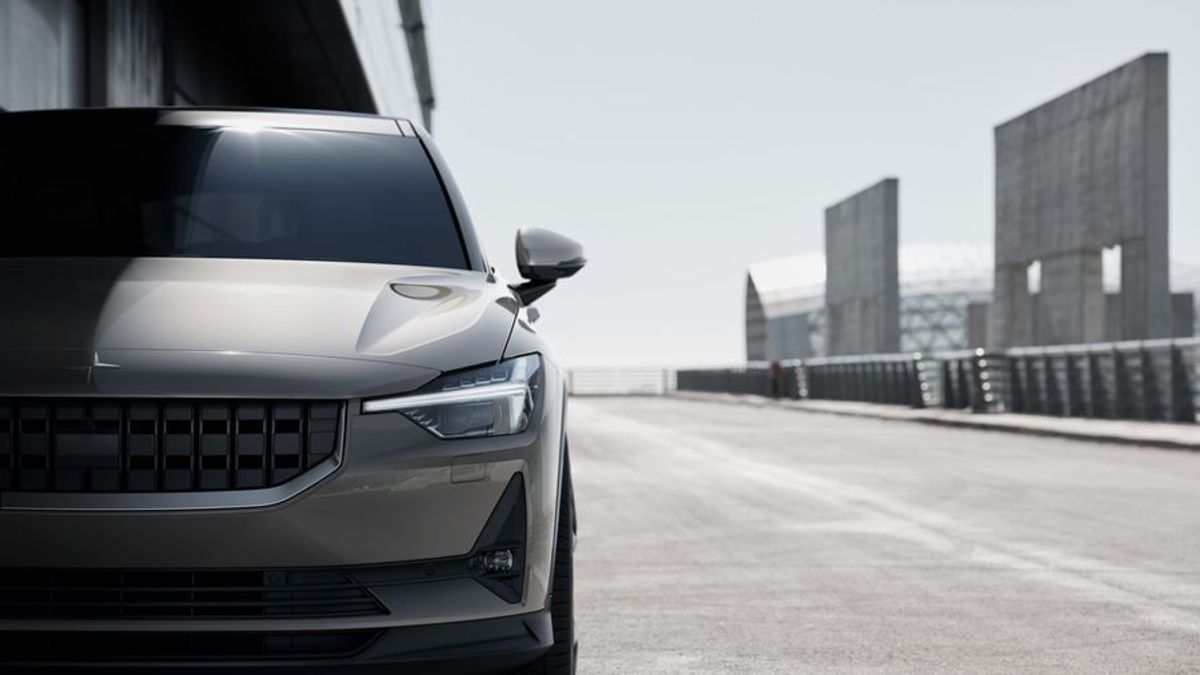Read The Full Article On: Autotrader
Where to charge your electric car, how much it’ll cost, how often you need to do it and more. All in one place.
Most of the big questions around electric cars are around how you charge them and keep them charged:
• How much does it cost to charge an electric car?
• How often do electric cars need charging?
• Where can I charge an electric car?
In this article, we answer them all. Let’s get started.
Do I need to charge my car?
First up, let’s see if your car actually needs charging. The answer for battery electric vehicles (pure electric) is clearly yes.
If you’ve got a hybrid, then you just need to check which type. If it’s a mild hybrid or a hybrid electric vehicle then you don’t need to charge them.
But if it’s a plug-in hybrid electric vehicle (PHEV) then it’ll need charging because, generally, PHEVs drive on electric power first. PHEVs are the most common type of hybrid on the market, with Toyota Prius, Honda CR-V Hybrid and BMW i8 all being examples.
How to charge an electric car
At a top-level, you need to access power from the grid to charge your electric vehicle. This is done by attaching your car to a charge point with a cable. You can access the grid on the public network, at work, at a service station, or potentially get a charge point installed at home.
There are different types of charge point, which charge electric cars at different speeds. These have different sockets, so different cables and connectors are needed to connect to the charge points.
We’ll break all of that down next.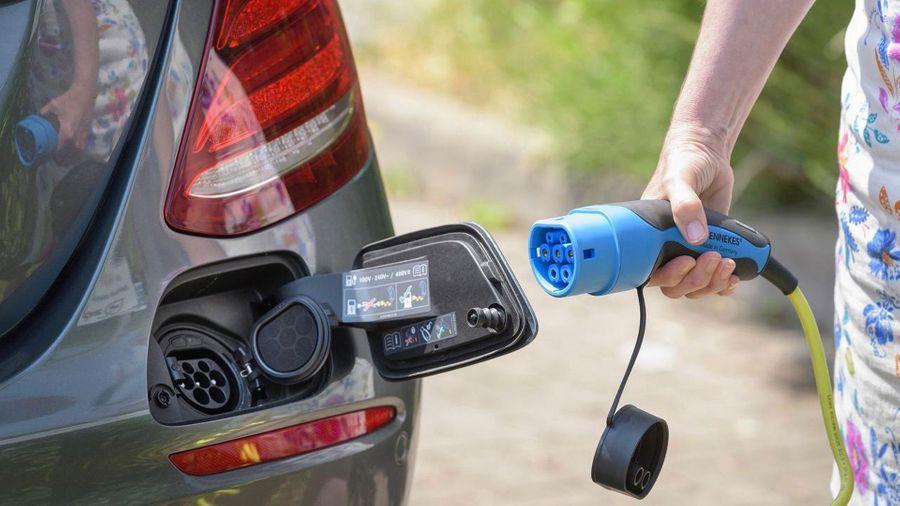
Electric car charge points explained
In the UK, there are three types of charge point: slow, fast and rapid. The “speed” refers to how much electricity is transferred to the battery over a given period (the power output). Power is measured in kilowatts (kW).Slow chargersBest used overnight, slow chargers offer between 3kW and 6kW. This roughly translates to between eight and 12 hours to charge an electric car, and two to four hours to charge a PHEV hybrid. Fast chargersFast chargers cover 7kW to 22kW, which can charge an electric car in three to four hours and a PHEV in less than an hour. Most of the chargers you find on the street or in commercial premises are fast. Rapid chargersMost rapid chargers in the UK charge at 50kW. There are also a few ultra-rapid chargers, which normally offer between 100kW and 350kW. Rapid chargers tend to be DC only and PHEVs aren’t compatible.
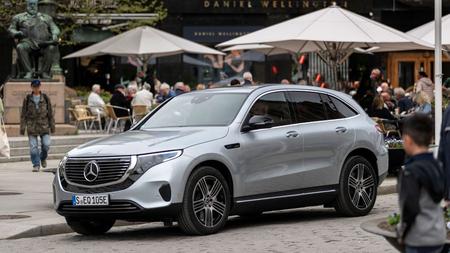
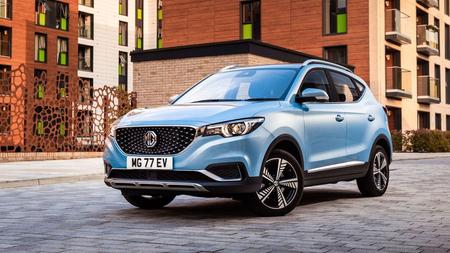
Are electric car charge points universal?
AKA can I plug my electric car into any charge point?
Unfortunately, not yet, but you should find plenty of compatibility. The Nissan Leaf, for example, has a CHAdeMO socket for rapid charging and a Type 1 charge socket for slow and fast charging. The Renault Zoe, another popular make, has a single Type 2 socket for all three types of charging.
We seem to be heading towards a standard though.
Most new electric cars use a Type 2 socket for standard charging, with a CCS inlet for rapid charging. It’ll take a while before this is across the board though – some older models still use Type 1 sockets, and some of the best-selling PHEVs rely on CHAdeMO connectors.
That got a little jargon heavy, so here’s what all those names mean.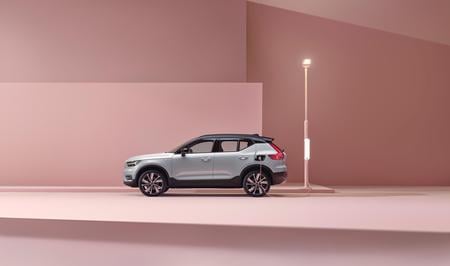
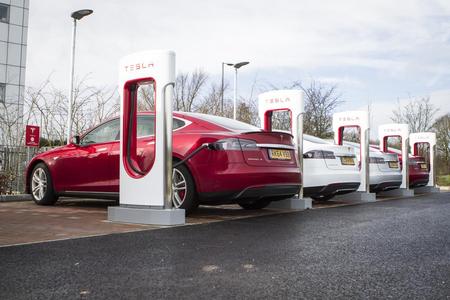
Electric car charging point connectors explained
Different companies have contributed to the electric charging ecosystem over time, which means there are different charging points and connecting sockets available – a bit like how there are different phone chargers, and they aren’t all cross-compatible.
Also, cars charge at different rates and many have maximum charging rates. This means that you can plug a car that charges at a maximum of 10kW into a 22kW charging point, but it’ll still only charge at the maximum 10kW.
Plug-in hybrids also need thinking of, as many of them can’t use rapid chargers. So, to cover all of that, there are different connectors. They include:
Type 1 – mostly found in early EVs, only suitable for slow and fast charging.
Type 2 – the current standard for slow and fast charging, EU legislation states all new plug-ins need a Type 2 connector as of 2014.
Commando – another older connector, similar to the ones found on caravans.
CCS (Combined Charging Standard) – used for rapid charging and popular with European manufacturers, this is often an add-on to the required Type 2 connector.
CHAdeMO (Charge de Move) – also suitable for rapid charging, but it requires an additional plug to Type 2.
3-pin – best avoided, it’s the standard UK mains plug but has fire risks when used to charge electric cars over long periods.Slow charge connectors
3-pin
Type 1
Type 2
Commando
Fast charge connectors
Type 2
Type 1
Commando
Rapid charge connectors
CHAdeMO 50kW DC
CCS 50kW DC
Type 2 43kW AC
Tesla Type 2 120kW DC
All you really need to know here is what type of connector your preferred car has or, if you’re set on using public chargers (because you can’t get one installed at home), what sort of connectors are on the charging points nearest you. You can get this information in the car’s handbook and on various websites.
Once you know that, you can just check for compatibility when planning charging stops on a long journey. 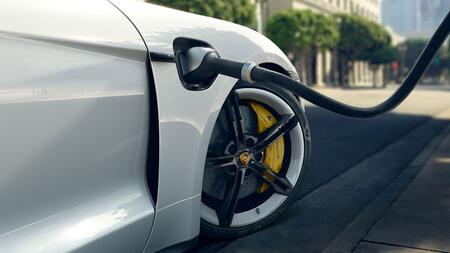
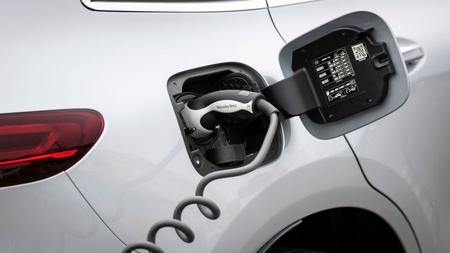
Electric car cables explained
You’ll get a cable to plug your electric cars or PHEVs into the charging point. Depending on the make and model, you may get one cable for rapid charging and one for slow/fast charging.
Each cable has three parts: a connector that plugs into your car, the wire cable itself, and a plug that connects to the charging point or power source.
You need the plug to be compatible with the charging point for it to fit – otherwise it’ll be like using a UK plug in an EU socket: it’s not going to work.
You’ll also need to find the right length of cable if you’re buying a spare. Short cables can be easier to store, but longer cables offer more reach. Five metres could be a good compromise, but it depends on your make and model. Using public charging cables Some public charging points don’t have cables, so you may have to take yours with you.
For those that do, you should check compatibility.
The majority of electric cars / PHEVs, and most charging points, have built-in computers manage the charging process and prevent you overcharging.
That said, you should still make sure you’re using a charging point and cable with the right voltage and current, as the cable plugs directly into your car’s electrics and any fault could prove pretty expensive to fix.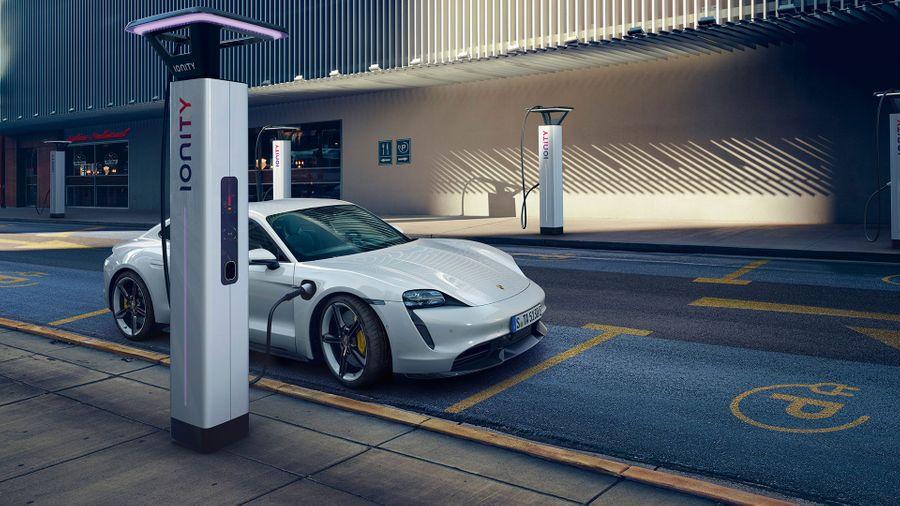 View gallery
View gallery
Where to charge an electric car
You have a couple of options. Most people opt to charge their cars at home, as it’s the cheapest option.
But if you’re out and about, or can’t get a home charging point installed because you don’t have off-road parking or your landlord doesn’t want one installing, you have the option of charging at work, at service stations or using the public network.
How long does it take to charge an electric car?
This depends on the size of your battery, the speed of the charge point, and the amount of charge you need. It can take anything between 30 minutes and 12 hours.
If you’re using a 3.7kW charger (like the ones found in most homes), you’ll be able to charge at approximately 15 miles of range in an hour. This can take eight to 12 hours for a full charge so consider doing it overnight, as you should be able to pay cheaper electricity rates.>
If you use a 7kW fast charger, you should get 30 miles of range in an hour. Rapid chargers can get you an 80% charge in 20 minutes – dependent on the car and the charging point.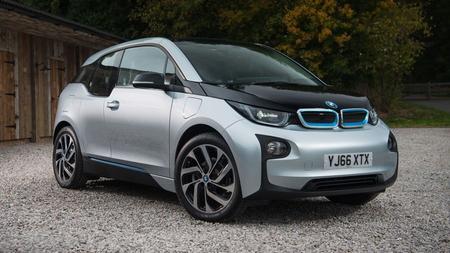

How often do electric cars need charging?
This will depend on your car’s battery and range. An electric car’s range is how far it can travel on a charge. You can learn more about electric car range here.
You can also learn more about electric car battery’s here.
What is top up charging?
If you’re out and about, you can top up your car’s charge to avoid it running flat. Much like a phone, it’s not great for your battery if done in excess so make sure you give it a full charge and top up when necessary. 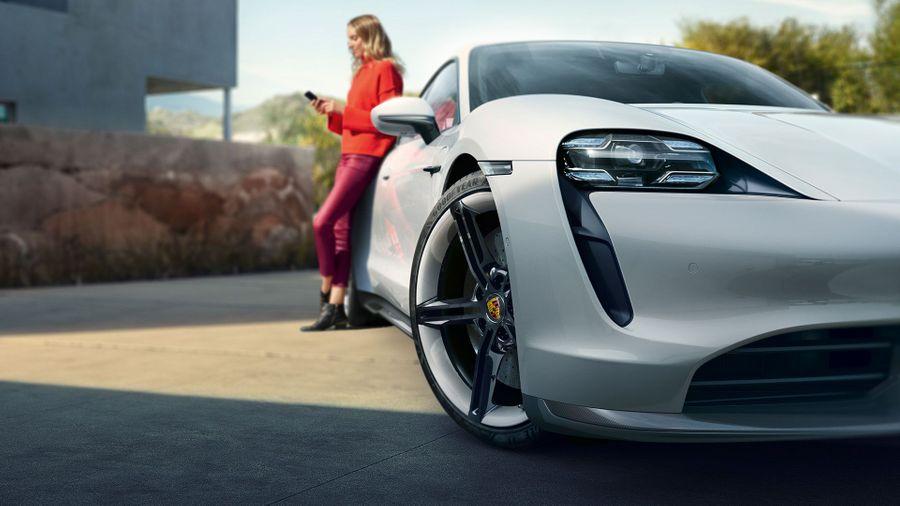 View gallery
View gallery
How much does it cost to charge an electric car?
This primarily depends on where you’re charging your car, so we’ll cover the main options.
Cost of charging at home
With the UK domestic electricity rate being about 14p per kWh, it’d cost you under a tenner to charge the average 60kWh electric car.
A few electricity providers provide special tariffs for electric car owners, so shop around for energy deals best suited to you. If you’re particularly climate conscious, you can also look at providers like Octopus and Bulb, who use sustainable energy sources.
Cost of charging at work
Some employers are offering free access to charging points they’ve installed, but you may have to create a rota with other employees to use it. Others are introducing a paid tariff to encourage fair usage.
Cost of charging in public
Some public charging points or service stations are free, and prices can vary for the paid ones.
On older charging points, you may to use an RFID card (like an contactless card) to pay, whereas others charge through an app.
Rapid charging points can be the most expensive of the lot, and cost around £6.50 for a 30 minute / 100 mile charge. Rapid chargers are normally found at motorway service stations.  View gallery
View gallery
Electric car charging FAQs
Can I overcharge my electric car?Unlikely. New electric cars and PHEVs contain circuitry that protects the onboard computer and electronics, by slowing charge for example.
Can someone unplug my electric car while it’s charging?No, manufacturers have fixed it so that, if the car is locked and plugged in, the cable’s locked in place. You can walk away, and no-one will be able to unplug you while the car is locked.
Will rain damage my car when charging?All EVs and PHEVS have waterproofed sockets and cables, as do charging points. It is highly unlikely water will get in.Will the National Grid cope with electric car charging network?The National Grid were questioned about this early in 2018 and said, “the power system could cope with an overnight boom in electric vehicles”.
But as the number of electric vehicles on the road is steadily increasing, the system will have plenty of time to grow in line with demand.
On top of this, several companies (including Lidl and Chargemaster) have recently announced plans to invest in charging points too, so there aren’t too many concerns about the infrastructure.
Too much rapid charging can overheat and damage your EV’s battery in the long-term, so try to use it only when necessary.
A note on current
Rapid charging uses a DC current, the rest use AC current. You may therefore find your car isn’t compatible with rapid charging, especially if it’s a PHEV. Check the owner’s manual if you’re unsure.

